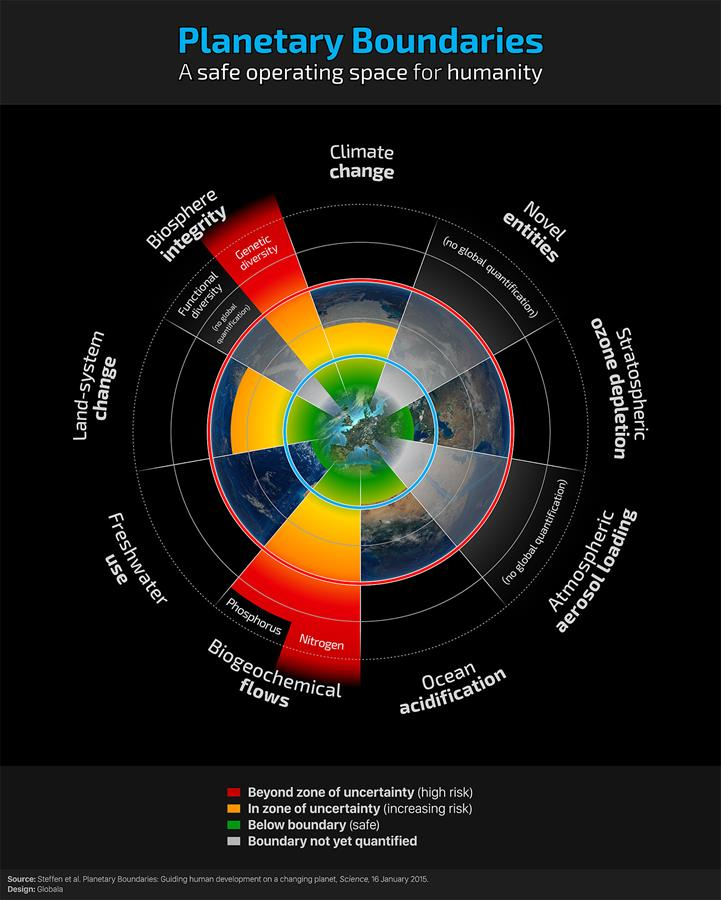The Weblog

This page contains news, event information, and other items added by Ian and Adam, the resident farmers at Old 99. We send out a message every week, but most are set with a delete date about two weeks later. I archive some of the posts if they have content other than weekly availability of produce and meat.
You can send me questions too, which if they are of a general nature, I can post to this Old99 blog.
Old 99 Farm, week of Apr 26 2015

Greenhouse greens are holding up well, should have lots for next couple weeks. Rapini, arugula, lettuces, mixed greens, rhubarb,kale, spinach, beet tops are on the list for this week.
We sold out of ground beef last week, but still have the ground veal, pastured steers still accessing mother’s milk last summer.
Have you heard about the concept of Planetary Boundaries? I think it is one of the more useful models for thinking about what is a sustainable culture.
The PB approach asks two overarching questions: What are the processes and subsystems that keep Earth in a Holocene-like state, and what levels of human pressure on each of these could reach a threshold, thereby disrupting the continuity of the Earth system?
Here’s what it looks like:

The boundary levels delineate a safe operating space in which humanity can operate while preserving the continuity and resilience of the Earth system. Figure 3 displays the 2015 PB update: the green inner circle represents this safe operating space; the yellow zone, the zone of uncertainty with heightened danger of crossing thresholds; and the red areas, the zone of high risk of triggering severe dangerous imbalances.
The PB framework emerges from the reality of the Anthropocene (the era so-named because humans are creating its dominant features), the risk of systemic tipping points, and the importance of the Holocene (the inter-glacial era stating about 10 000 years ago) for humanity’s flourishing. This fresh point of view underscores the need for a form of world development that can evolve within Earth’s safe operating space. Reconciling a respect for limits with principles of justice presents the profound challenge of imagining and creating a basis for sustainable development, i.e., good lives for all on a resilient and stable planet.
The model was refined in 2015. With these refined metrics, the analysis concludes that four out of nine boundaries have been transgressed (Figure 3). Two are in the high risk zone (biosphere integrity and interference with the nitrogen and phosphorous cycles), while the other two are in the danger zone (climate change and land use change).
- See more at: http://www.greattransition.org/publication/bounding-the-planetary-future-why-we-need-a-great-transition#figure-3
Healthy eating
Ian and Camelia